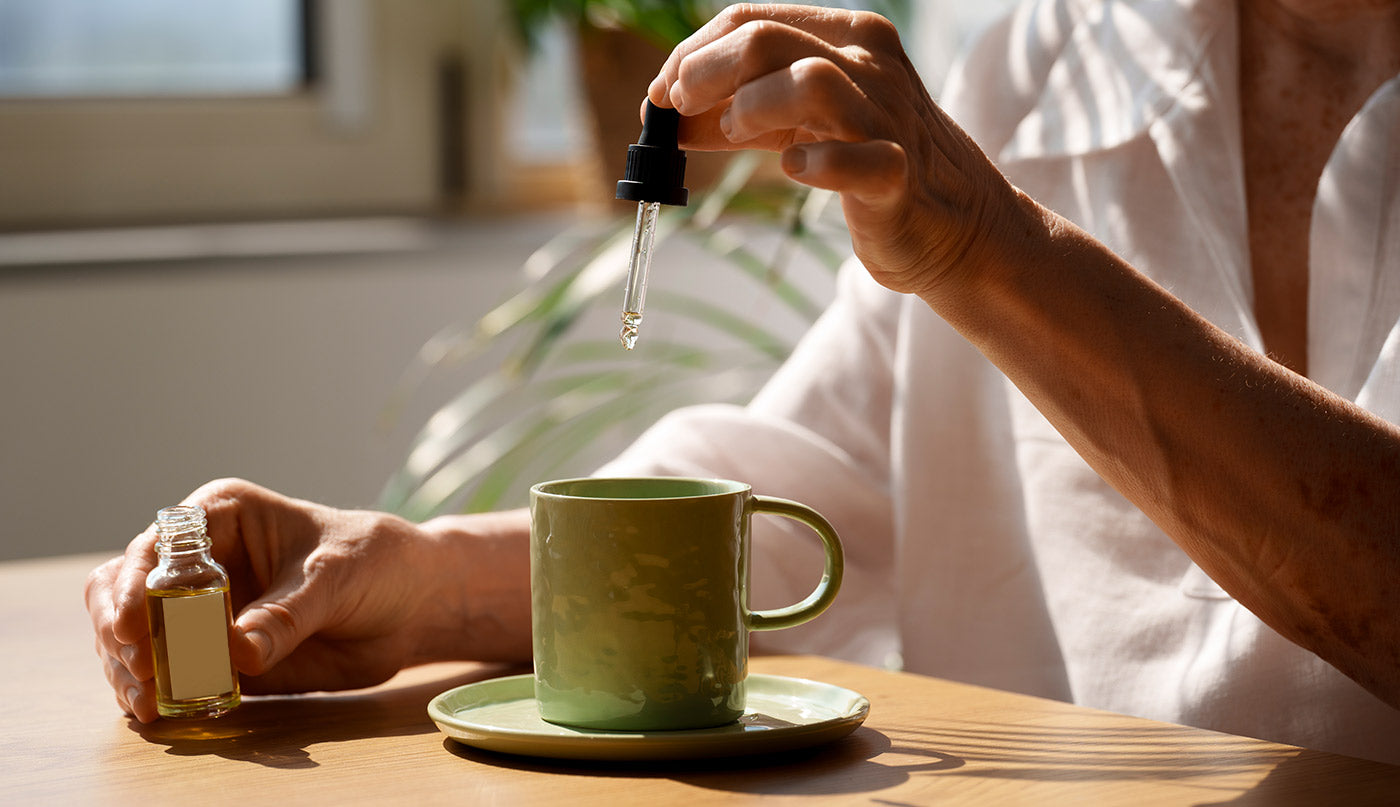
Women’s Health: Everyday Tips for Perimenopause & Hot-Flush Comfort
Perimenopause can bring temperature swings, night sweats, sleep disruption, mood shifts, and cycle changes. The ideas below are practical options to discuss with your clinician and tailor to your life.
Cooling strategies for day & night
- Dress to de-stress: Lightweight, breathable layers you can remove quickly; natural fibres can feel more comfortable.
- Micro-cooling: Keep a handheld fan, cool pack, or mist bottle nearby; apply cool packs to the back of the neck or wrists.
- Sleep surface: Try a cooling pillow, breathable sheets, and a light duvet you can fold back easily.
- Room setup: Use a bedside fan for airflow and consider lowering room temperature before bed.
Paced breathing & body awareness
- At first sign of a flush: Inhale through the nose for 4, exhale for 6-8; keep shoulders relaxed and jaw unclenched.
- Regular practice: 5 minutes of slow, nasal breathing once or twice daily may help you feel more in control of the surge response.
Evening habits that may help nights feel easier
- Meal timing: Notice whether late, heavy, or spicy meals, alcohol, or caffeine close to bedtime intensify night sweats; adjust as needed.
- Pre-sleep cool-down: A lukewarm shower and then a cool, dark bedroom; keep water and a spare sleep top by the bed.
- Gentle wind-down: Light stretches, reading, or a calming audio track; limit news/social feeds before bed.
Daytime supports
- Movement you enjoy: Walking, yoga, Pilates, or resistance training to support strength, mood, and bone health.
- Steady nutrition: Balanced meals with protein, fibre, and healthy fats; include calcium-rich foods and sources of vitamin D as advised by your clinician.
- Hydration: Keep water handy; small, frequent sips if you’re prone to sweats.
Tracking & patterns
Note timing of flushes/sweats, triggers (temperature, foods, stress), sleep quality, mood, and cycle changes. Patterns help your GP or menopause-trained clinician suggest options aligned with your goals and medical history.
Work & life logistics
- Environment: Ask about a fan, access to cooler spaces, or flexible layers in uniforms where possible.
- Planning: Schedule demanding tasks for cooler parts of the day; build short breathing breaks into your calendar.
- Support: Consider a check-in with a clinician if symptoms impact work, relationships, or sleep.
Safety & sensible use
- This article is educational and makes no claims of effectiveness.
- Discuss new therapies, supplements, or significant diet/exercise changes with your clinician - interactions are possible.
- If symptoms are severe, new, or worrying (e.g., chest pain, shortness of breath, abnormal bleeding), seek medical care promptly.
Learn more: Women’s Health: Natural Relief with CBD and THC


